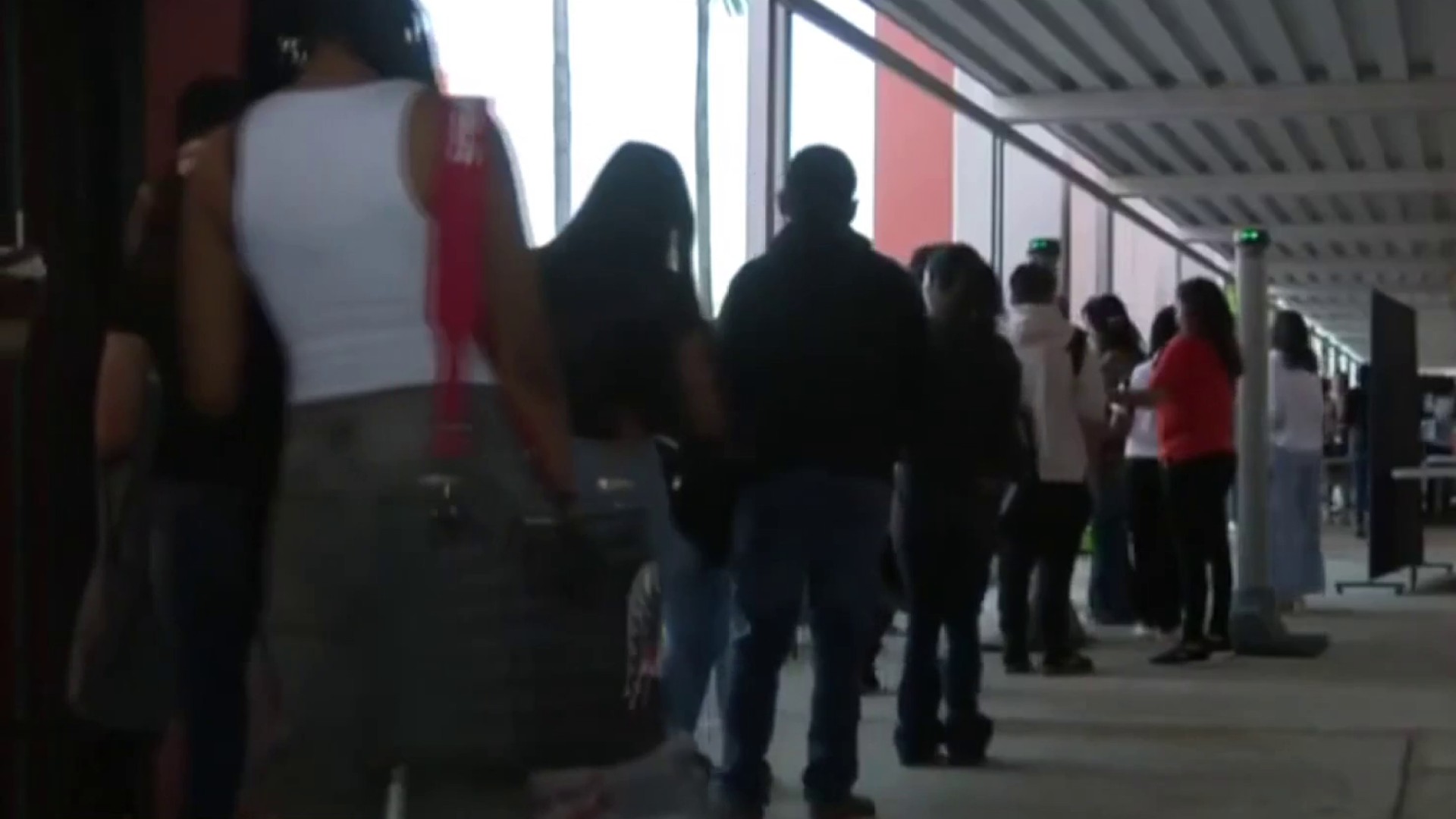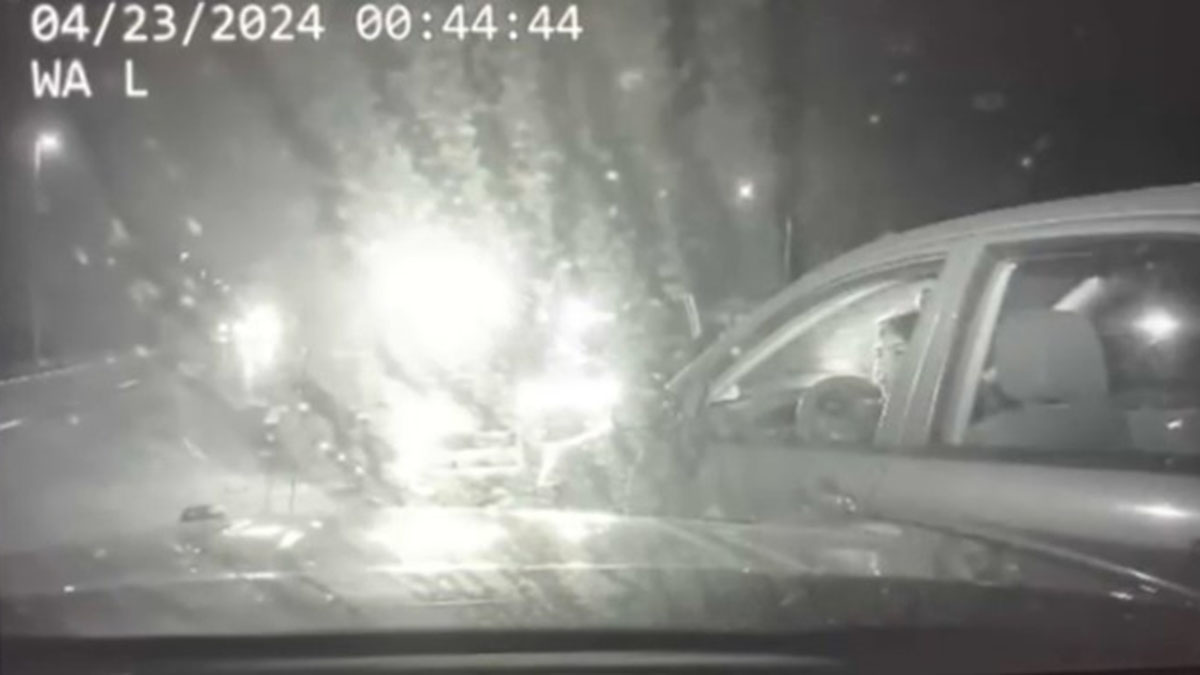When Judith Mitrani-Reiser and her family landed in Florida in 1980 in the Mariel boatlift, they left behind more than just possessions on the island.
Her father was in the midst of getting his master's degree in civil engineering, but that dream was put on hold - permanently.
"He never got a chance to finish his graduate degree or work in the U.S. related to his training (in) mathematics and engineering," Mitrani-Reiser said.
But his daughter, just shy of age 2 when he carried her from Mariel to Florida in 1980, has more than made up for his sacrifice.
Get South Florida local news, weather forecasts and entertainment stories to your inbox. Sign up for NBC South Florida newsletters.
"There's no question that my father's love of math and engineering sparked those same interests in me early on," she recalled. Others in her family did get into the profession and, she added, "hearing about others' careers at family gatherings kept the interest strong."
So strong, she excelled at G. Holmes Braddock High School and the University of Florida, after which she got her master's from the University of California at Berkeley, followed by a PhD from the California Institute of Technology.
Now, as associate chief of materials and structural systems for the National Institute of Standards and Technology, she is the lead investigator in NIST's probe of the collapse of Champlain Towers South in Surfside.
Local
When disaster strikes -- earthquakes, tornados, hurricanes, you name it -- Mitrani-Reiser is often not far behind.
"It never gets easier," she said. "Each one of them comes with new heartache."
But when she awoke June 24 to the news of Champlain Towers South, she knew it was going to be different.
"It was heartbreaking, it was really very sad and I know it was very sad for all of us on site and we were on site for so long. It was very difficult emotionally," she said.
Especially so for her because she grew up just a few miles away and as a child often visited her grandmother’s place even closer to the collapse site.
After getting her PhD, she was an assistant professor in engineering at Johns Hopkins University, filling a role as a woman she had seen lacking during her 11 years as a student in higher education. Over that time, not one of her structural engineering courses was taught by a woman.
Now she is leading a group that includes a dozen men in determining what happened at Champlain Towers and how to prevent similar tragedies in the future.
She said she understands some affected are frustrated by the lack of quick answers, but she said that is necessary.
"I know the public is very hungry for information and we want to try to get them that information as quickly as possible and we’re moving very fast," she said, "but in order for us to do our job and to do it thoroughly it takes time."
One urgent issue is a sister building, Champlain Towers North, built by the same people around the same time. She said her team has looked at the north condo.
"If we discover anything, anything at all that might indicate that other buildings are at risk whether CTN or any other building, we will immediately share that information with the public," she said.
But, being a scientist and all, she is not sounding the alarm without sufficient data.
"We don't want to speculate," she said. "If we’re going to alert the public we want to be absolutely sure."



